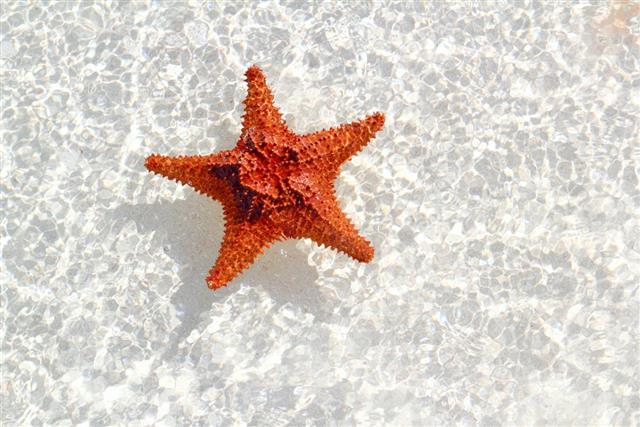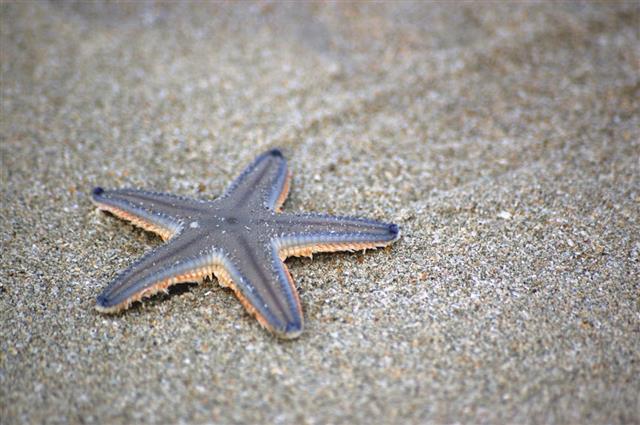
Discussing starfish in the classroom is the best way of letting students know about this marine animal. This article provides some more facts and information about it.
It is fun presenting facts on the starfish as children are always interested in knowing new things. The starfish is a kind of organism that can keep them interested and occupied for a long time, as there are at least 2,000 types of it known to man. Marine scientists have named it as Protoreaster Nodosus for their use. A starfish has no scales, fins, or gills like other fish have to acquire oxygen from the water, and it can’t actually swim. For this reason, even though it has ‘fish’ in its name, marine biology does not consider it as a fish.
Details about the Starfish
The starfish is also known as the ‘Sea Star’, which is a more apt name for it. It looks like a star in the sky but belongs to the sea. It comes in different colors and sizes. The body has, depending on its type, 5 to 40 arms attached to it. Whoever named it starfish maybe didn’t know that it can actually walk. If you turn one on its back, you can see as many as 15,000 tube feet attached to its arms. These feet end in suction pads which are attached to a surface to climb or crawl on.
- This animal belongs with the other marine animals such as the Sea Urchins, Sand Dollar, and Sea Cucumbers, which are classified under phylum Echinodermata and class Asteroidea.
- Anyone interested in their anatomy will find that their body plan can be described as a central body and 5 sections arranged around it. The term echinodermata is used for organisms that have spiny skin. The skin on the upper side is made up of calcium carbonate plates. The presence of spine-like structures protect the starfish from its enemies. Fish, sea otters, birds, and man are its natural enemies.
- It eats food such as shellfish. It uses its tube feet for catching it.
- On an average, it grows to a length of about 8 inches (from the tip of one arm to the tip of the arm on the opposite side of its body). However, some have been reported to be as big as 3 meters in length.
- It has two stomachs. One of them opens as the mouth in the center of the underside of its body. The mouth can protrude outside and extend to gobble up the food and pass it to the other stomach, which digests it.
- Oysters, clams, worms, sea urchins, and crustaceans comprise its food.
- It uses its tube feet and other tubes that are present all over its body to breathe in air.
- Most starfish have the ability to regenerate arms, in case they lose one or two in an attack by some predator.
- Each arm tip has some special cells that can detect whether it is light or dark outside.
- This animal is found in all the oceans of the world. However, it prefers coastal areas, coral reefs, and warm, shallow waters.
- A female starfish can lay as many as 2 million eggs. Of these, the number of eggs laid at a time varies between 1-1.3 million. The eggs, when fertilized by the male, become larvae. This stage in their life cycle lasts for 3 weeks, and then they start changing to assume their characteristic star shape.
- The most amazing thing about them is that they can change their gender as and when required. If the conditions such as temperature, availability of food, etc., are favorable, a number of male starfish change their gender and lay eggs in an effort increase their population.
- Not all the eggs that are laid manage to survive. Many of them are eaten by other fish and marine animals, which prevents an uncontrollable rise in their population.
Global warming and pollution of the sea water is threatening the habitat of these marine creatures. Just like the corals, these fantastic sea animals are losing the battle of survival. Hence, efforts should be made to save them.








